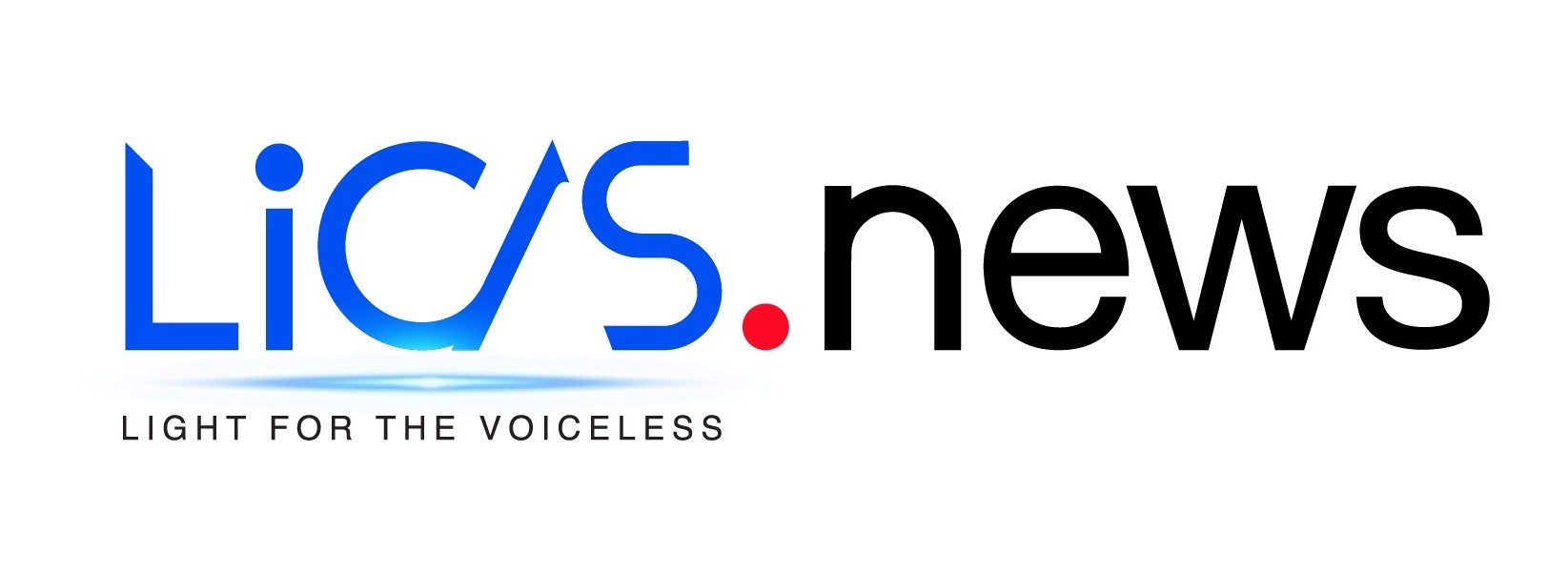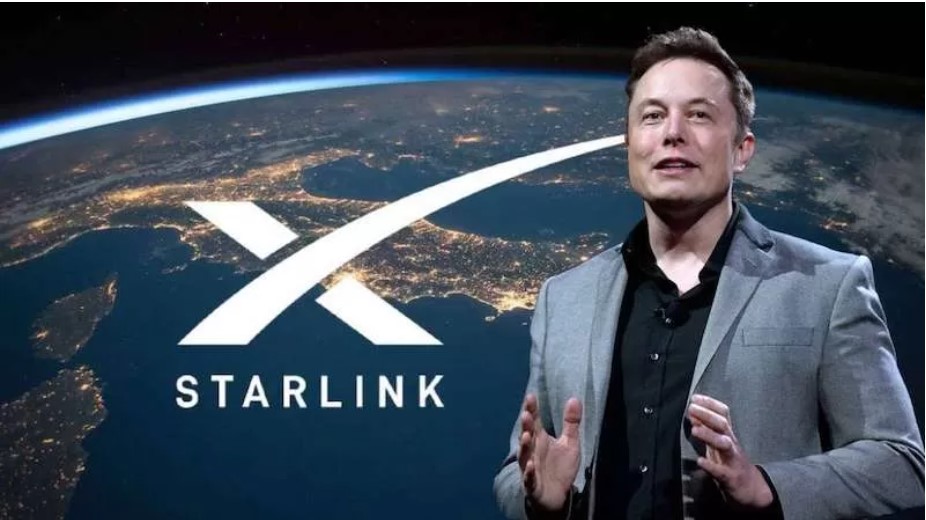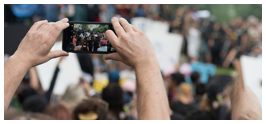The presence of Elon Musk at Bali’s 10th World Water Forum (WWF) has captured national attention, not only because of Musk’s controversial handling of X (formerly Twitter) but also due to his unexpected offer to the Indonesian government: his satellite-based Starlink internet service.
Starlink was officially unveiled last week during the WWF’s opening ceremony, where Musk also garnered significant attention. The service has been met with great enthusiasm, despite its high costs.
In response, Jakarta quickly applauded Musk’s offer, which promises speeds of up to 300 Mbps—far faster than current Indonesian providers, which still rely on BTS (Base Transceiver Station) technology.
However, the deployment of BTS across Indonesia’s vast archipelago, especially in remote areas, has been marred by a major corruption scandal involving the Ministry for Communication and Information (Kominfo), resulting in losses of half a billion dollars.
Now, with Elon Musk’s presentation of Starlink, the ongoing BTS project faces potential delays. This has raised significant business and security concerns. Nono, a sociologist, said, “Elon Musk’s Starlink poses a serious challenge to our local internet providers.”
Unlike traditional satellites positioned over 35,000 km from Earth, Starlink’s Low Earth Orbit (LEO) satellites are less than 500 km away, providing stronger and more accessible signals.
Additionally, Starlink devices are user-friendly and portable, requiring only an electrical connection to operate.
Despite these advantages, the cost remains a barrier for many Indonesians. The initial price of the device is 7.8 million IDR (approximately $520), with a monthly fee of 750,000 IDR (around $55) for residential users, though it is more affordable for large companies.
Indonesian Health Minister Budi Gunadi Sadikin has endorsed Starlink for enhancing the country’s e-health and telemedicine programs, especially in remote health service centers (Puskesmas).
However, the lack of reliable electricity in these areas poses another significant challenge, as generators are expensive to operate.
National security concerns have also been raised. Mr. Garuda Sugardo and Mr. Henry Subiakto, a professor at Airlangga University and former Kominfo specialist, have both expressed fears about Starlink’s impact.
Subiakto argues that Starlink could threaten national communication assets and potentially aid separatist groups due to its portability and advanced technology, which differs significantly from Indonesia’s existing communication satellites like INDOSTAR-2, PALAPA D, TELKOM, PSN VR-2, and BRIsat.
Starlink’s innovative technology, which utilizes phased-array antennas, allows for signal transmission without the need for a dedicated satellite, making the devices as portable as small laptops.
This flexibility, while beneficial in many respects, also introduces new challenges and threats to national security and integrity.







